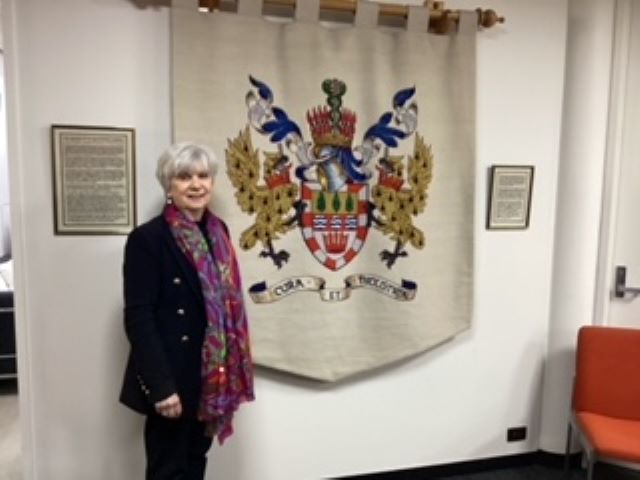Exploring Mount Gambier’s history

Digital Edition
Subscribe
Get an all ACCESS PASS to the News and your Digital Edition with an online subscription
SPTA makes returns for eager players
THE return to tennis after the Christmas break was met with ideal competitive conditions with a mixed bag of results.
Kicking off Friday night,...







